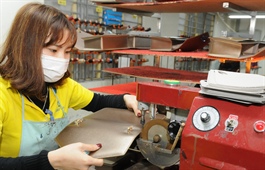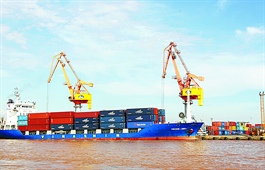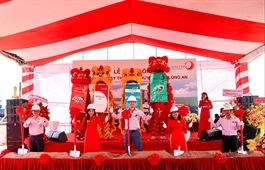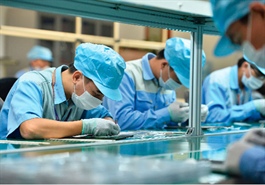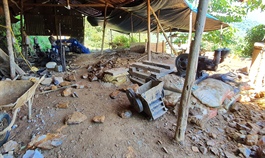Hanoi researcher uses shrimp, crab shells to treat antibiotic contamination of water
Hanoi researcher uses shrimp, crab shells to treat antibiotic contamination of water
A researcher at the Vietnam National University-Hanoi University of Science has modified chitosan obtained from crustacean shells that removes 95 percent of antibiotics from wastewater.
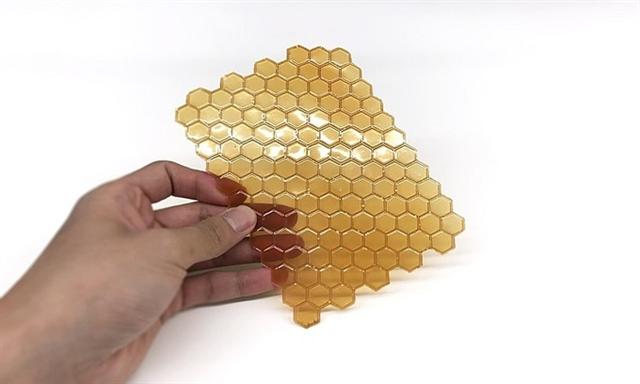
Chitosan is an amorphous material, which can be used to make films, pellets or granules. Photo by VnExpress/Nguyen Xuan.
|
Tran Van Son had first heard of chitosan, a bioactive polymer with properties like non-toxicity and biodegradability that is used to treat wastewater, in 2015 when he was looking for a topic to write a master's thesis on to graduate from the University of Technology Sydney in Australia.
When he dug deeper, he realized its wide applicability in the treatment of contaminants and decided he would continue to research into it after returning to Vietnam.
In 2018 he began teaching at the Vietnam National University-Hanoi University of Science's faculty of environmental science and resumed his research into modifying chitosan.
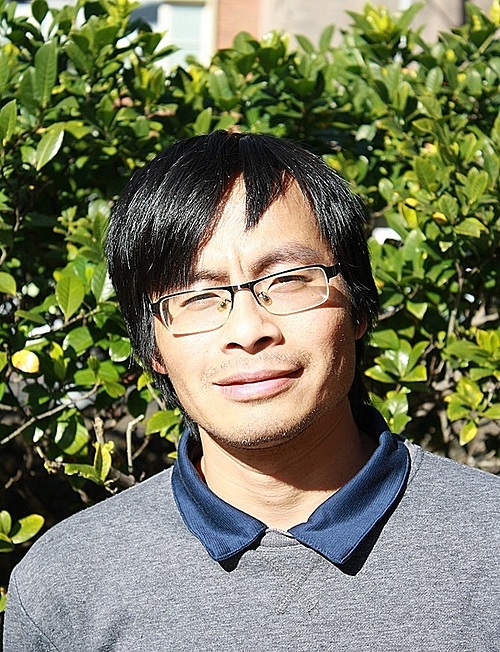
Tran Van Son. Photo courtesy of Son.
|
He explained that antibiotics find their way into wastewater from hospitals, pharmaceutical factories and livestock farms.
"The antibiotics residue in the sewage can create antibiotic-resistant bacteria, which can harm human health and the environment."
He would collect shrimp and crab shells from wet markets and seafood stores and clean, demineralize, deproteinize, and deacetylate them to produce high-purity chitosan, which can be used to coat various materials for practical applications such as granules, pellets and film.
He said the shells have 27-30 percent of chitin, a precursor of chitosan biopolymer, in which the amino and hydroxyl functional groups have good absorption ability, neutral electrical property and easy structural modification, and easily absorb and remove inorganic pollutants.
To properly modify the chitosan to treat antibiotic pollution in wastewater, he and fellow researchers added other substances such as biochar and a cross-linking agent to increase durability and processing ability.
Lab test showed wastewater samples treated with chitosan met the requirements for discharge into the environment as it removed 95 percent of sulfonamide bacteriostatic antibiotics and heavy metals contaminated by antibiotics.
The team next plans to test the material on wastewater from hospitals, drug companies and aquaculture farms.







